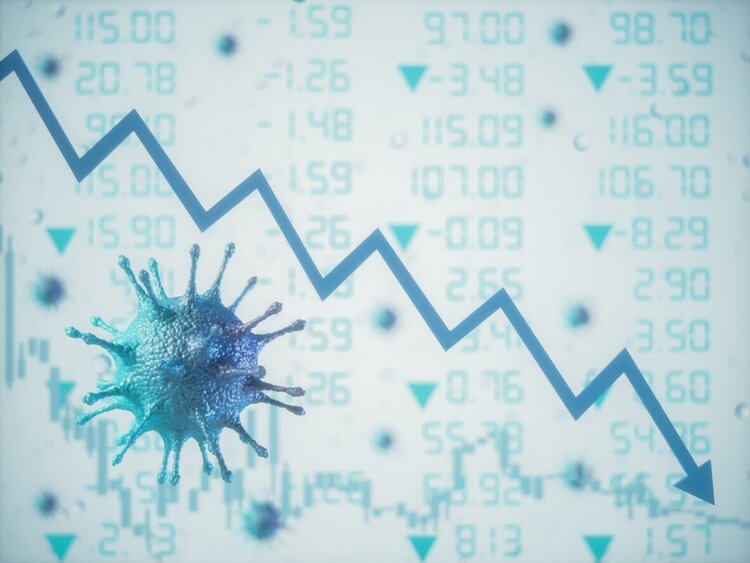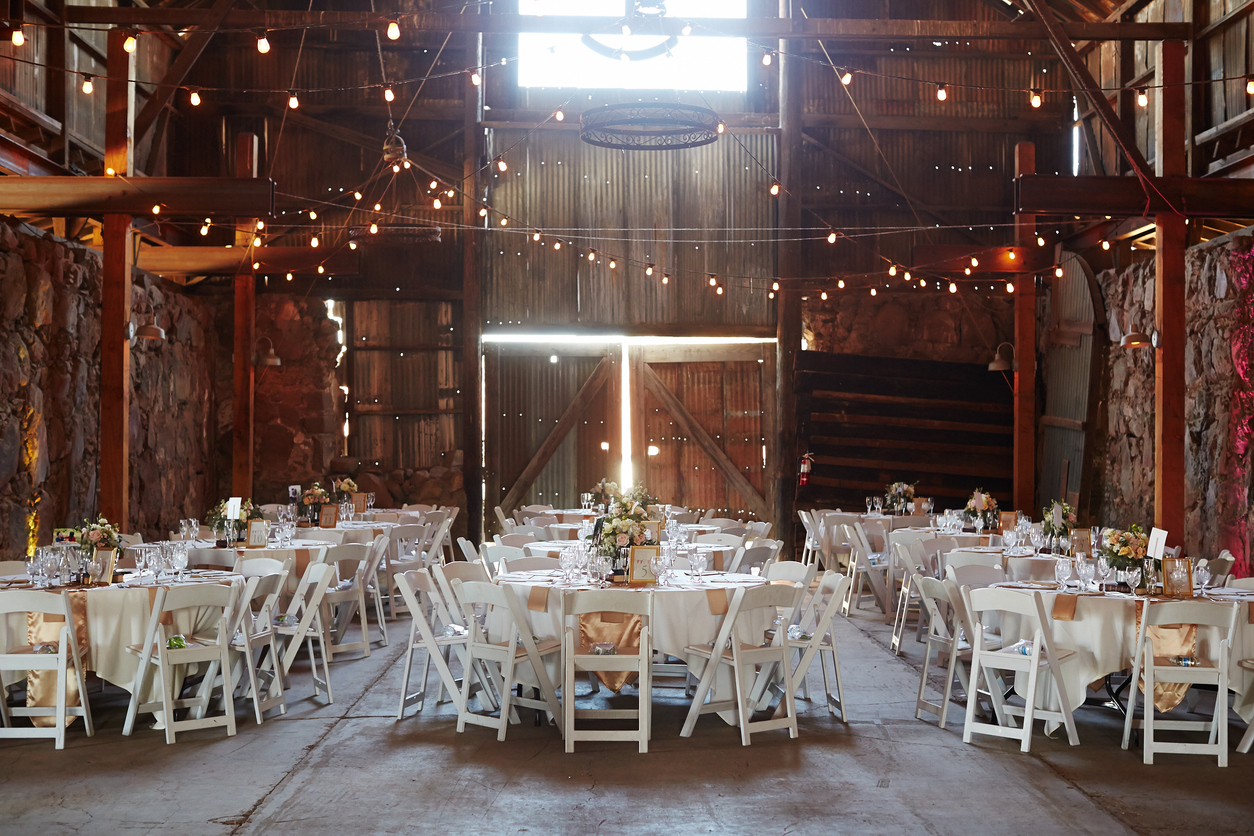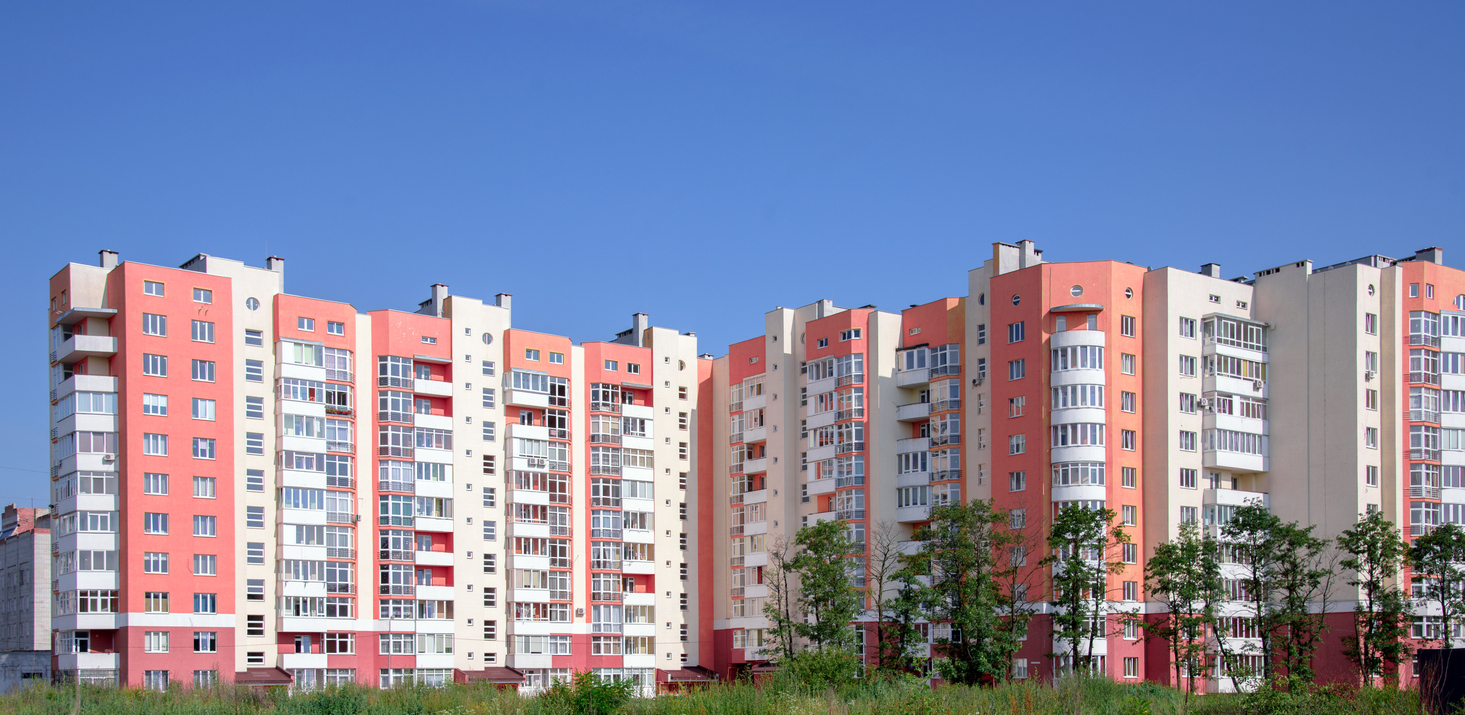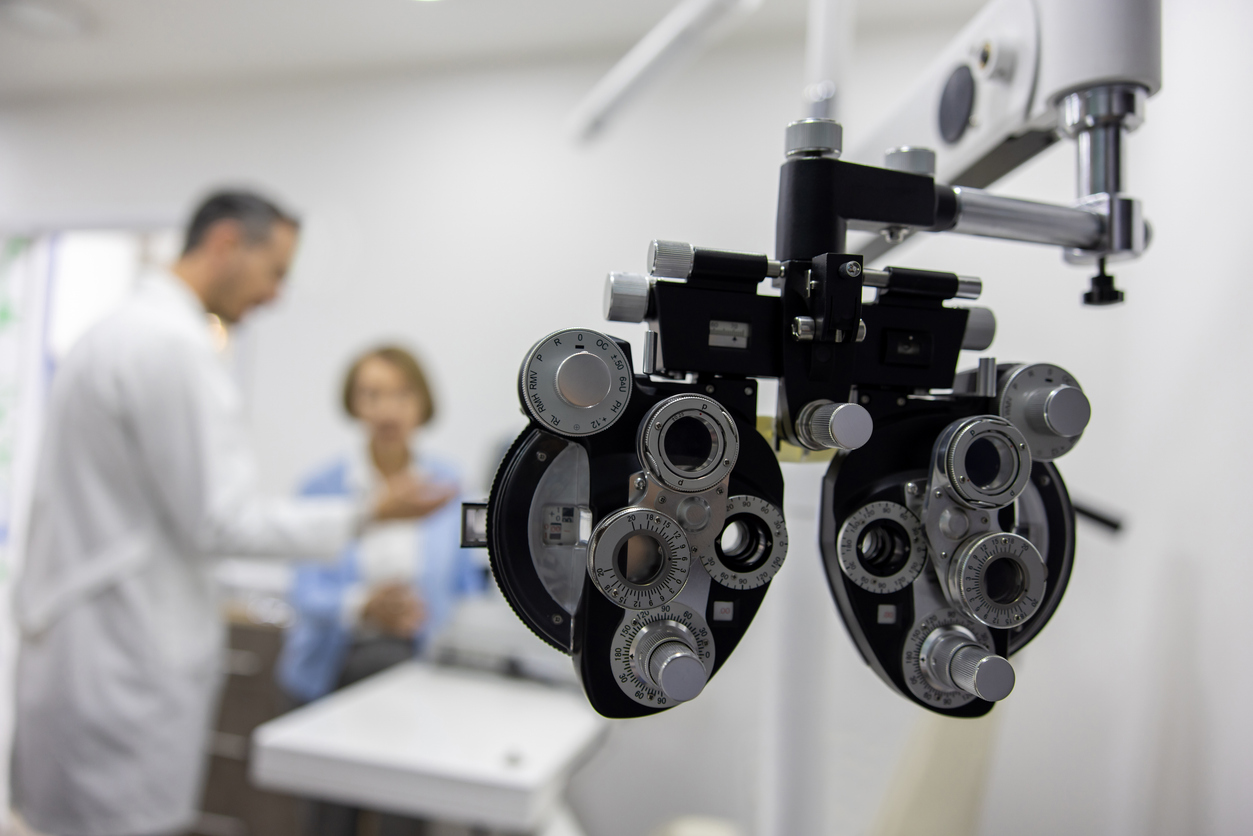If you have read the SMW blog, you know that Business Interruption (BI) coverage is a must-have for any business owner. Why? Because it makes you whole. If you suffer a catastrophic property loss, BI coverage allows you to make an insurance claim that restores you financially to a position as if you had not suffered any loss at all.
During this time of the COVID-19 pandemic, BI losses are proving especially difficult to settle. In the past few months, we have seen businesses with fire- or water-related property losses having a difficult time calculating the amounts necessary to restore these businesses to their financial position prior to the loss.
With COVID now in the BI mix, a business owner with a fire or water loss faces the difficult task of estimating the volume of business they would have done. Remember: BI compensates you for lost profits. BI accounts for shortfalls that result from the loss and pays you for your lost net income and expenses that continue while you undertake reconstruction. Typically, these business owners could look at years past and get a sense of what their business would have generated. But, of course, in no previous year has there been a pandemic.
Take the example of an art gallery in an upscale part of Boston. Suppose this gallery has a watermain break that spares the artwork but causes extensive damage to the building where they rent. Although the gallery’s actual space is untouched, there is no access at all due to the building damage, and it must shut down while repairs are made. Obviously, people can’t visit because of the access problem, but they likely would not have visited anyway because of the COVID-related quarantine. At the same time, the state governor opened retail and other establishments to allow in-store browsing, which is another “timeline event” that complicates measurement of the BI claim. Where should they draw the line in making those calculations?
To make matters even more complicated, some businesses might actually be doing more business during COVID. Take a metal plating facility, for example. Maybe they do work for the government, producing essential pieces that are part of ventilators – which are suddenly in high demand for use in improving indoor air quality and battling airborne transmission of COVID.
This facility is working overtime – 60 hours a week – to keep up with demand. The months after COVID hit were the company’s best 3 months ever. Then a fire hit the facility, causing extensive damage and halting production. In submitting its BI claim, the business points out the record volume of recent business – demand was so high that time and labor was their only constraint – and sought recovery based on that level of work. The insurance company, of course, will seek a downward trend to level off these projections.
Yet another complicated scenario involves a retail store that suffered looting during the recent riots. How does that sales trend play out? Riots are a situation where business owners have a covered cause of loss during the COVID pandemic. How do you project what the business would have done without the pandemic? It involves a complicated set of microeconomics and assessment of various factors to determine what the business would have earned. This can be tricky since retail businesses can be so unique that you can’t use industry data to make property projections. Right now, with the economy and each state being so different – Massachusetts and New Hampshire currently have completely different sales trends due to COVID – you can’t even look to federal data for retail stores.
Quite simply, there has never been a business situation that has affected BI to this degree. The 2008 crash was bad, but that affected all industries. In the COVID pandemic, there are microeconomic situations that vary greatly. People are struggling to project what business volume would have been. Safe to say, the insurance industry will feel the effects for some time, even after things get back to normal, and we expect to see many claims going to Reference over this.




